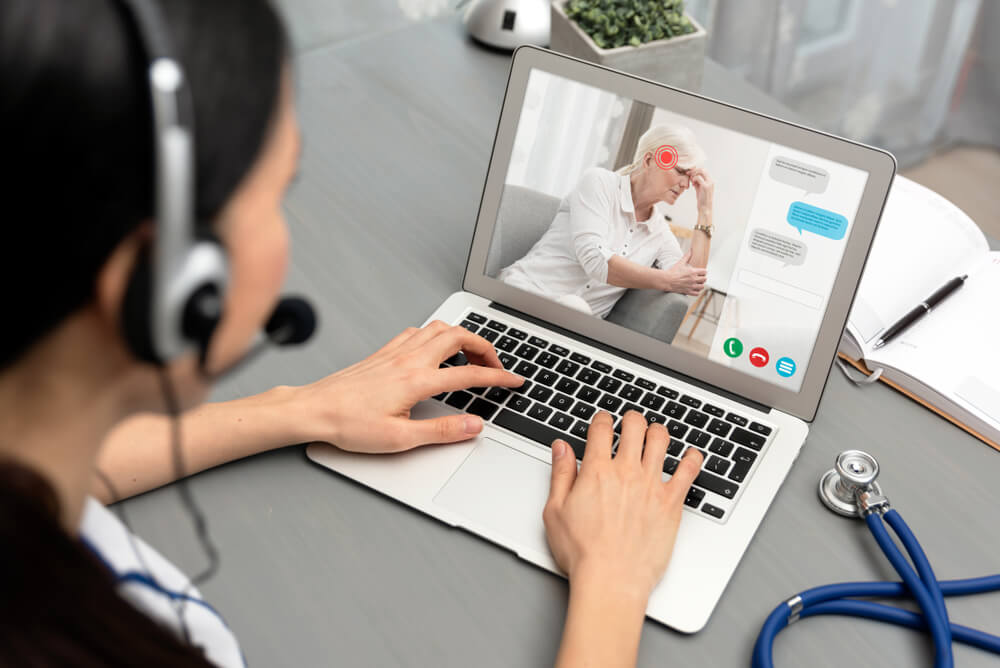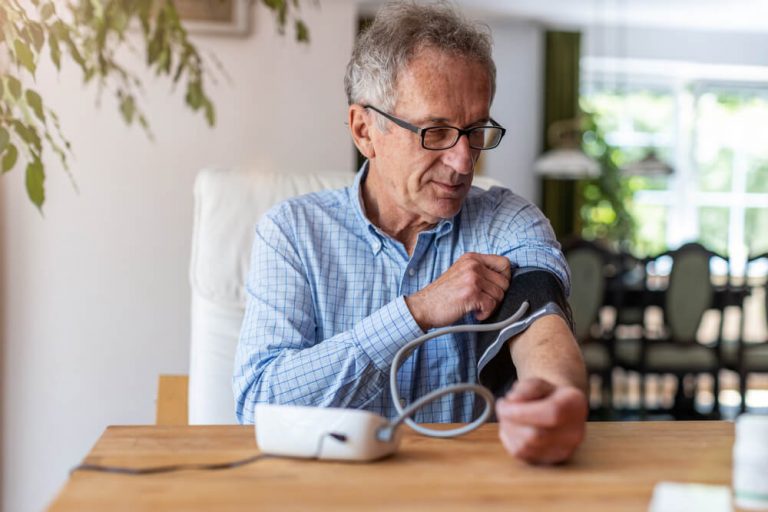
Does Remote Patient Monitoring reduce Acute Care use?
Remote patient monitoring has become the talk of the town with its practical advantages in both acute and chronic care management. It is especially sought after for acute care patient monitoring, as it can detect disease exacerbations and facilitate proactive management in telemedicine. This article aims to delve into the extent to which remote patient monitoring reduces acute care use and tell you all you need to know about it. Let’s get started!
What is Acute Care?
Acute care is a significant branch of secondary health care where patients receive active but short-term treatments for a serious episode of illness, urgent medical condition, severe injury, or recovery from surgery. Acute health care is opposite to chronic or long-term health care. Teams of healthcare professionals with expertise in a range of medical and surgical specialties deliver acute healthcare services.
Acute care typically requires a stay in an ambulatory surgery center, hospital emergency department, or a short-term or urgent care facility. It also requires assistance from a wide range of diagnostic professionals, surgeons, and follow-up outpatient care providers. Acute care settings include intensive care, cardiology, coronary care, emergency department, neonatal intensive care, and several other areas where a patient might become acutely unwell and require stabilization or transfer to another unit for advanced treatment.
What is Remote Patient Monitoring?
Remote patient monitoring is emerging as a new care modality that is evolving rapidly but is not a relatively recent phenomenon. RPM has been around for a considerable amount of time, but its use has been elevated and spurred by the conditions imposed by the Covid-19 pandemic. In addition, regulatory changes that were enacted by the Centers of Medicare and Medicaid Services have further promoted this trend.

RPM involves the seamless use of connected electronic devices and tools to maintain medical data and record personal health information at one easily accessible platform. This data is stored confidentially and can only be viewed by authorized medical professionals. Several healthcare providers are increasingly transitioning to its use to care for patients suffering from a wide array of conditions, including hypertension, diabetes, high blood glucose, and cardiovascular disorders.
Does remote patient monitoring (RPM) reduce acute care use?
Sufficient medical evidence examining RPM and acute care answers the most sought-after question of whether RPM reduces acute care use in affirmation. It points at the numerous benefits telemedicine has in terms of acute patient monitoring. A review of 91 renowned articles prompted significant authors to conclude that RMP holds the potential to reduce hospital admissions, emergency presentation, and the length of hospital stay in about half of the patients.
Another systematic review concluded that remote patient monitoring could significantly reduce acute care use for patients with COPD and cardiovascular diseases. Although there is a pressing need for more research in the field of RPM, nobody can deny its benefits in elevating the autonomy of patients and enhancing their quality of life.
Its substantial efficiency in dealing with long-term or chronic diseases significantly reduces acute care use. With chronic patients getting monitored for a significant part of their day for any changes in their health, unprecedented emergencies brought about by careless care practices can be significantly prevented altogether or mediated in their initial stages to stop them from aggravating into severe conditions.
Moreover, many healthcare organizations are now setting up hospital-at-home programs that allow treatment for acute conditions right from the comfort of home.
Such programs can provide several services, including several treatments (such as intravenous fluids and oxygen therapy), diagnostics (such as X-rays, echocardiograms), pharmacy, and skilled nursing services. These hospital-at-home programs are monitored and supported by continuous biometrics monitoring by telehealth visits and an experienced care team.

Remote patient monitoring also plays a significant role in tracking patient recovery after their discharge from the hospital, which is one of the biggest sources of increased acute care use. Many healthcare institutes have a post-surgery RPM program that monitors a wide array of biometric data like blood pressure, blood oxygen levels, heart rate, and glucose levels. An experienced team monitors this data to ensure speedy patient recovery without unusual complications.
TelevisitMD offers a smart and innovative telemedicine platform for easier remote patient monitoring, which can aid you in growing your practice, increasing revenue, and boosting patient compliance and retention. SmartClinix makes remote patient monitoring easy with its RPM system designed to suit both healthcare providers and patients.
Patients can benefit from this seamless platform that makes RPM much more desirable, and providers can take advantage of augmented patient engagement with TelevisitMD integrated devices. Fitted with systems that access, monitor, store, and manage patient data all at one place, this all-in-one integrated platform can help increase your revenue generation by improving billability.